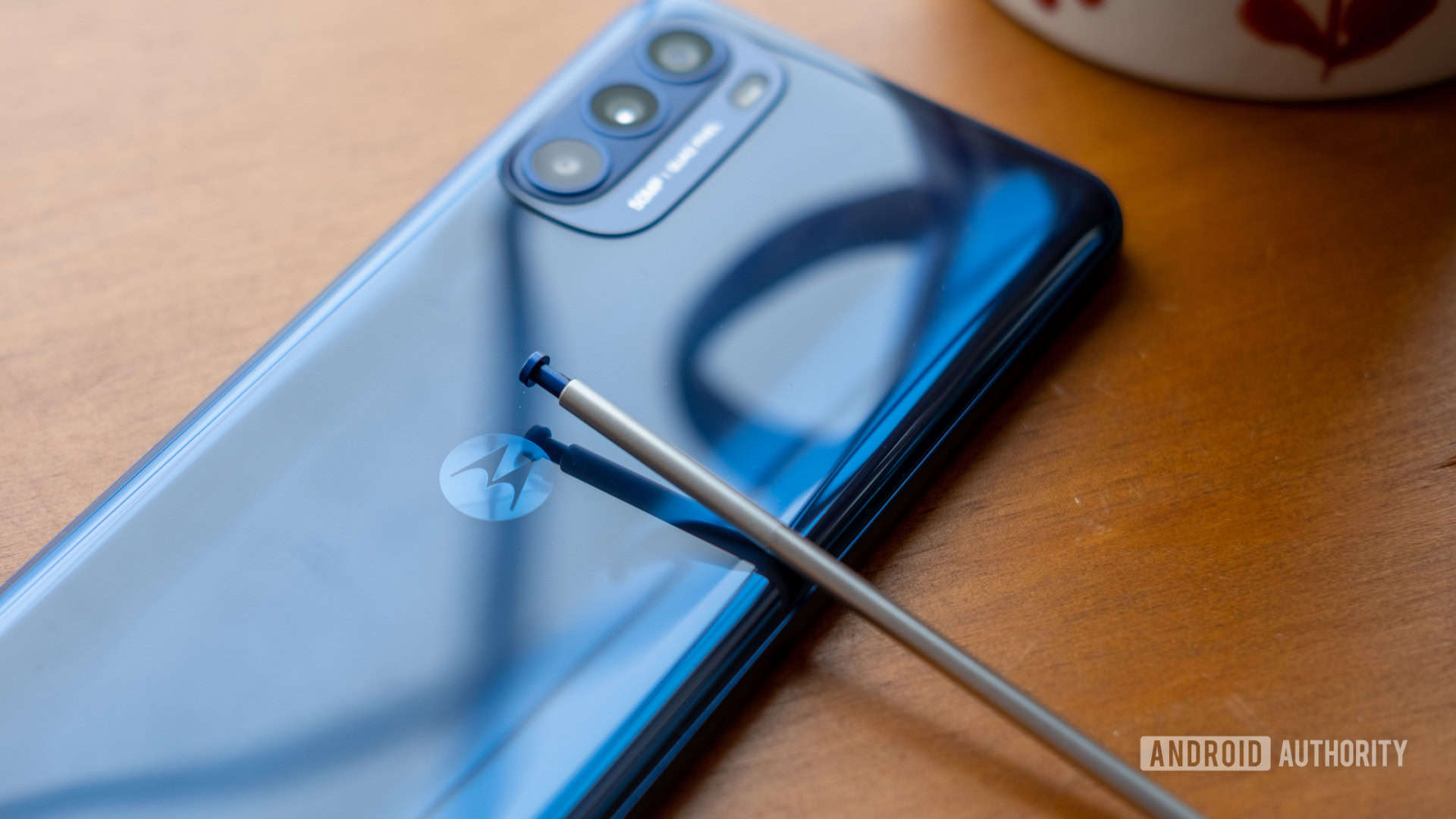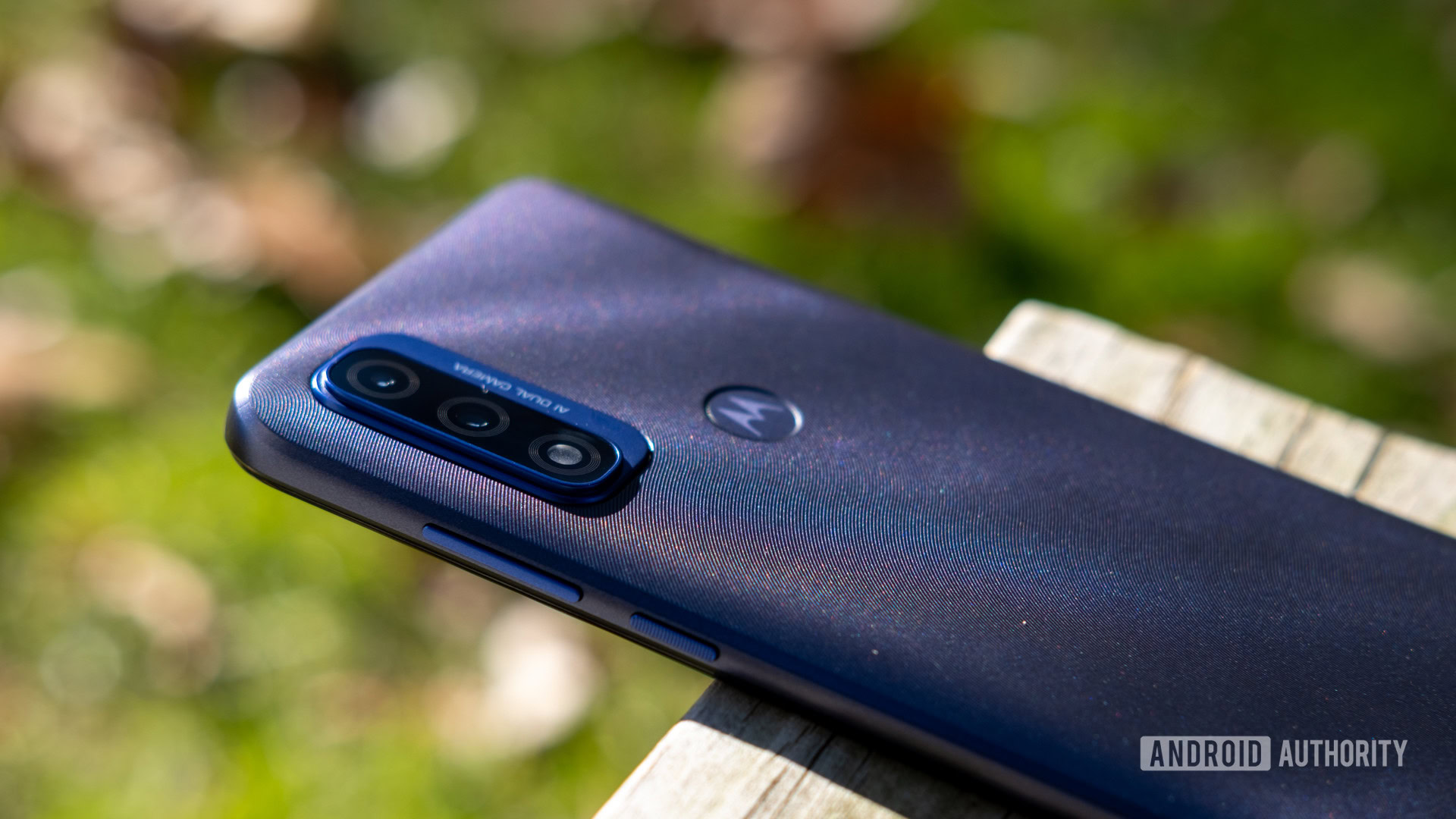Affiliate links on Android Authority may earn us a commission. Learn more.
The Motorola Moto G series deserves better
Published onApril 18, 2022

Motorola is, by all accounts, a brand on the rise right now. LG’s exit from the smartphone game opened the door for Moto to climb onto the US market podium, just behind Apple and Samsung. It’s even rosier in the budget market, where Motorola has risen to the undisputed number two.
However, that very same budget market portfolio is starting to feel left behind. Partnerships and low prices are pushing sales instead of innovation or genuine excitement. For its presence in the timeline of all things Android, it’s hard not to feel that the Moto G series deserves better.
See also: The best Motorola phones you can buy
Lots of sidesteps, little progress

Motorola clearly hasn’t forgotten about the Moto G series — just the things that made it popular in the early days. In fact, Moto started pushing the 2022 versions of its budget-friendly devices just a few months after we finished reviewing the 2021 lineup. As the phones arrived at my doorstep, I couldn’t shake the feeling, “Oh, I’ve seen this before.”
For the most part, I had seen it before. Sure, I can give Motorola credit for unifying its design language, but that’s about the only visible change with the 2022 series. The camera bump has moved around a bit here, and there are some new colors and textures, but that’s where the changes slow down. Motorola’s Moto G series chooses to remain the same while its rivals bring features to the budget table.
See also: Google and Samsung have ushered in the golden age of budget phones
The Moto G Power (2022) is a perfect example of where Motorola is going wrong. It picks up an official IP52 rating, and the primary camera jumps from 48MP to 50MP, but the HD+ panel is back for another year, and it shrank a tenth of an inch. No matter your thoughts on the incremental changes, the move from a Snapdragon 662 in 2021 to a MediaTek Helio G37 in 2022 is a serious downgrade. It puts up weaker numbers across the board, while its closest rival at the $250 price tag — the Galaxy A13 5G — is adding faster network speeds to the mix. No, Samsung’s budget phone isn’t perfect, but it adds features year after year to stay relevant in a competitive market.
Motorola’s Moto G Stylus 5G picked up the most significant upgrade in 2021 when it launched with 5G support. However, it didn’t spell the end for the 4G LTE version — Motorola updates both of them now. Instead of bringing one budget-friendly stylus phone to the market, Motorola repeats the same flaws on two different models. They’re awkwardly large, and the 5G speeds don’t do much to make you look past the otherwise underpowered processors. Especially 2021’s LTE version, which, like the Moto G Power, downgraded its chipset compared to its direct predecessor.
Motorola clearly hasn’t forgotten about the Moto G series — just the things that made it popular in the early days.
Other flaws stretch across the Moto G series, and they only reinforce how far behind the phones have fallen. You still won’t find NFC support on a single Moto G device — not the Play, Pure, Power, or Stylus. That means no mobile payments in an age when cash is no longer king. Motorola’s weak charging speeds have also been a constant issue of ours. It boasts speedy “TurboPower” charging but pulls back the curtain to reveal just 10W of power.
All of this isn’t to say that Motorola is doing everything wrong. We’ve had good things to say about the hardware. Motorola makes plastic construction look and feel better than most others, and I appreciate that the Moto G Stylus has a round pen to fit in its slot in any direction. The Moto G series has even embraced that more is better, at least when it comes to RAM and storage. Its Moto G Power (2022) picked up an extra gig of RAM and doubled its base storage, while the Moto G Stylus (2022) moved from 4GB to 6GB of RAM.
Learn more about the competition: The best budget phones you can buy
Stagnant software support

When it comes to software updates, the tide is rising. We’re no longer in a world where people upgrade their phones every two years. As such, Google and Samsung now offer three or more years of Android updates and security patches on their budget lineups. Motorola, on the other hand, is content to let its Moto G series drown.
It promises just a single Android version update with two years of security patches. Some of Motorola’s flagship devices come with the same meager promise. That means if you picked up the Moto G Power (2022) or Moto G Stylus (2022), you’ll see Android 12 — and that’s it. Both phones launched with Android 11 after the latest version was already available, and they’re not in a huge hurry to update. Samsung’s Galaxy A13 5G is only slightly ahead on Android updates, offering two years rather than one, but its security promise is second to none. You’re looking at four years of regular patches to Motorola’s two, yet the phones cost the same.
Motorola's update commitment pales in an age where rivals offer four years of support.
While Motorola’s update commitment is sorely lacking, we’ve had almost all good things to say about its Android skin. My UX is one of the lightest skins around, owing to Motorola’s days of being owned by Google. It looks and feels very similar to Pixel UI and offers plenty of room for customization.
One of the best features of My UX might also be one of the most underappreciated: the Moto app. It’s an entire app dedicated to guiding you through the software. It’s easy to overlook, but it’s a helpful tutorial that few other phones endeavor to match. It’s a shame this level of care and attention isn’t put into long-term support for its products.
Motorola once had plenty of innovation to go around. I remember spending hours on the Moto Maker site customizing a phone I had no reason to buy. Now, partnerships with Verizon, T-Mobile, and others keep Moto in the public eye instead of unique build materials or fun designs. Maybe Motorola just needs a new rival to keep it on its toes. It might not have the legs to catch up to Samsung’s budget-friendly innovations, but a real threat to Motorola’s positioning might be the only way to push the Moto G series forward.